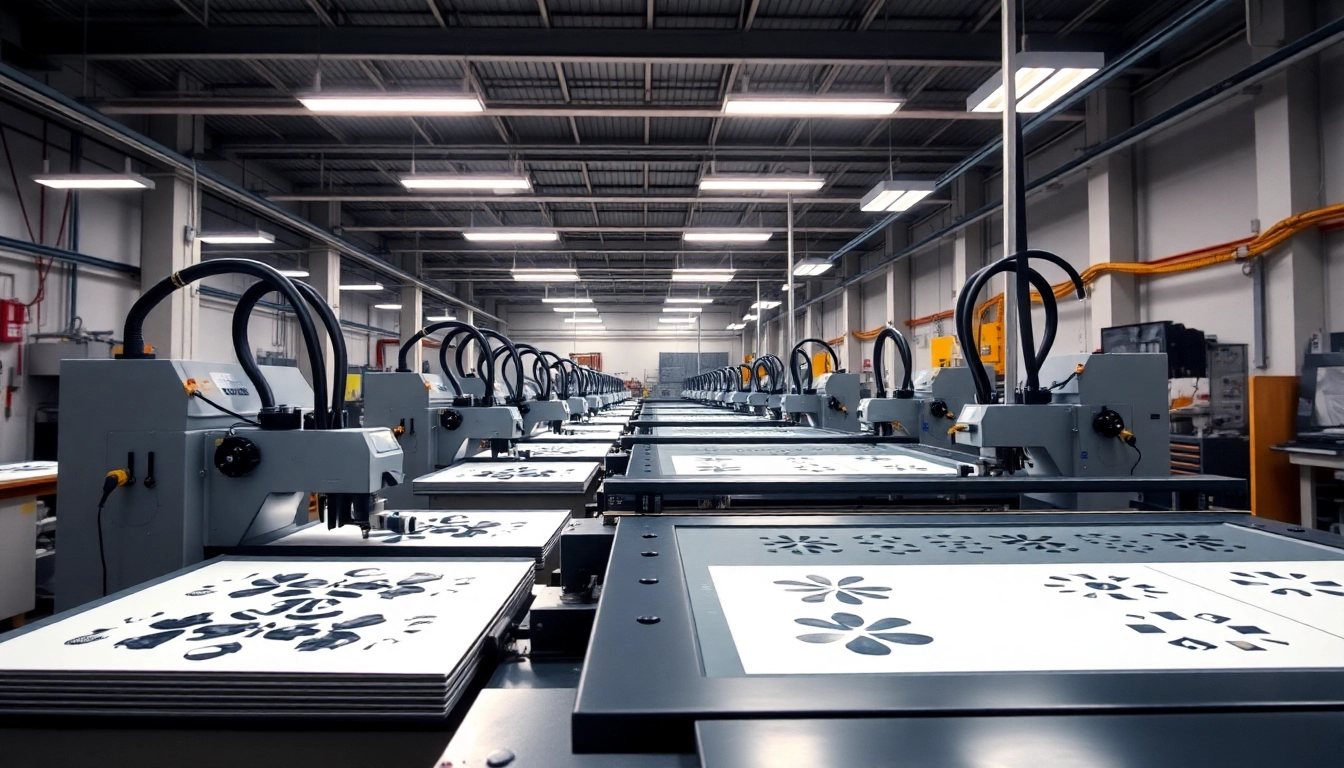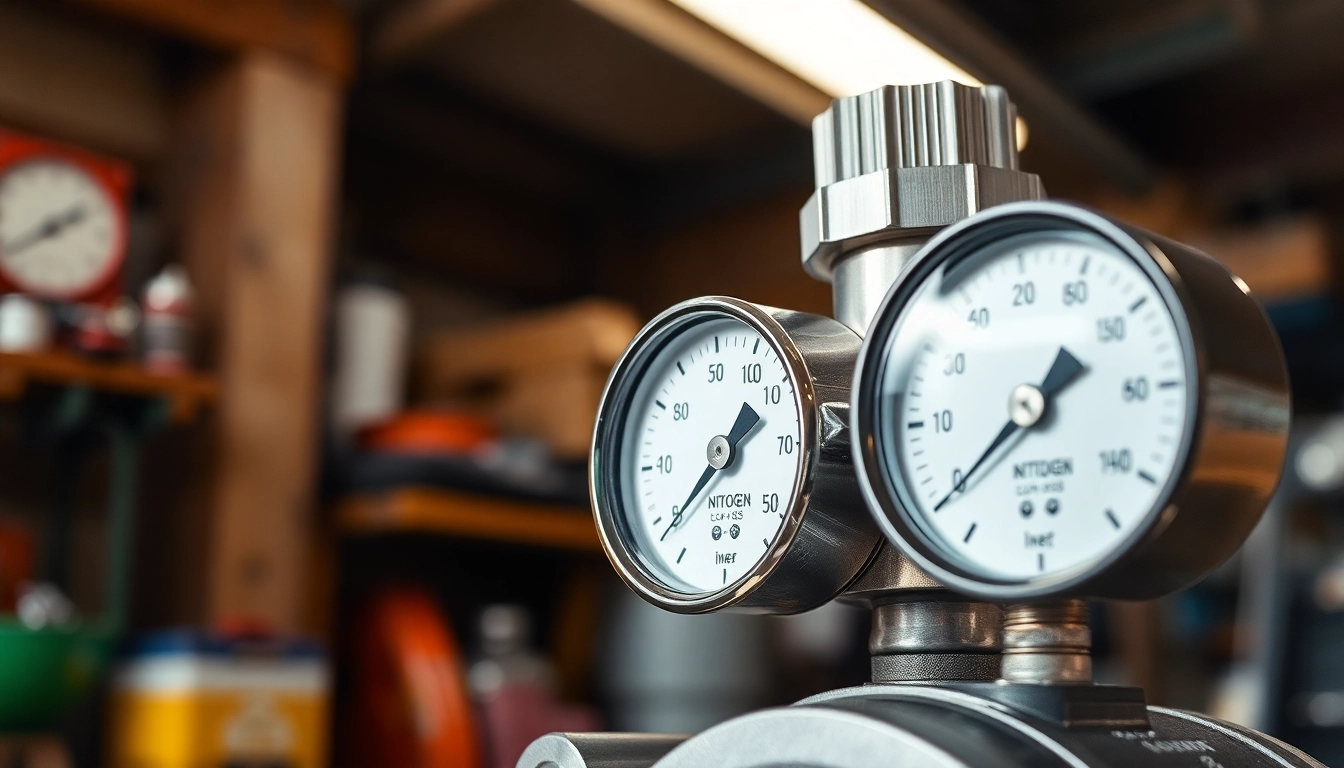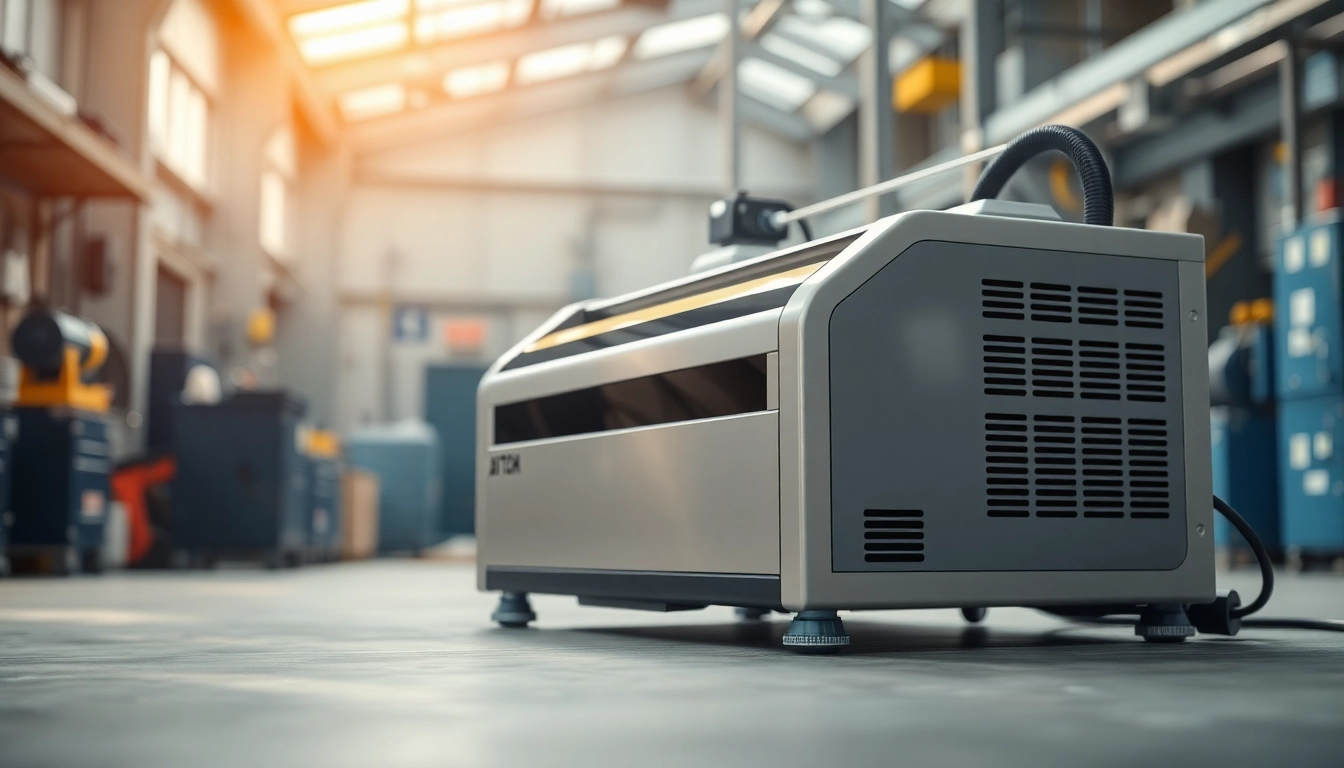Understanding Precision Die Cutting
Precision die cutting is a critical manufacturing process that involves cutting, shaping, and designing materials with a high degree of accuracy and repeatability. This technique is widely used across various industries, from automotive to healthcare, due to its ability to produce complex shapes with minimal waste. For businesses looking to enhance production efficiency and product quality, precision die cutting offers a viable solution. With the increasing demand for custom parts and components, understanding this process can provide valuable insights for manufacturers and designers alike.
What is Precision Die Cutting?
At its core, precision die cutting is a manufacturing technique that uses specialized tools, known as dies, to cut materials into specific shapes or designs. These dies can be created from various materials, including steel, aluminum, and polymer, and are engineered to ensure the utmost accuracy. The precision aspect relates to the tight tolerances that can be achieved, often within ±0.005 inches or less, making it ideal for applications requiring tight specifications.
In this process, sheets or rolls of materials such as plastic, paper, metal, or foam are fed into a die-cutting machine, where the die slices through the material to create the desired shapes. The technique can be performed using several methods, including flatbed, rotary, and laser die cutting, each offering unique advantages for different applications.
Applications of Precision Die Cutting
Precision die cutting finds applications in numerous sectors, including:
- Automotive: Producing gaskets, seals, and insulating parts.
- Medical: Creating surgical instruments, bandages, and custom prosthetics.
- Packaging: Manufacturing custom-designed packaging solutions that enhance product presentation and protection.
- Electronics: Die-cutting insulation materials and other components for electronic devices.
- Textiles: Cutting fabrics and materials for clothing, upholstery, and other textile products.
Key Benefits of Precision Die Cutting
The benefits of precision die cutting are vast and can provide companies with significant competitive advantages:
- High Accuracy: Ensures that parts fit correctly, reducing assembly time and rework.
- Cost-Effectiveness: Reduces waste and material costs by maximizing output from raw materials.
- Speed: Increases throughput, allowing for quick turnaround times on large orders.
- Design Flexibility: Capable of producing intricate designs that would be challenging to achieve through other methods.
- Consistency: Ensures uniformity across all parts, which is crucial for quality assurance.
Types of Precision Die Cutting Techniques
Flatbed Die Cutting Explained
Flatbed die cutting is a traditional method that uses a flat surface where the dies are pressed against the material. This process is particularly effective for larger sheets and provides the ability to cut heavier materials, making it suitable for robust applications. The dies are often made of steel rules mounted on a wooden or metal base, and they can create various cuts, including through-cuts, kiss-cuts, and perforations.
Rotary Die Cutting Techniques
Rotary die cutting utilizes cylindrical dies that rotate around a shaft to cut materials. This technique is particularly advantageous for high-speed production runs because it allows for continuous cutting. Rotary die cutting is often used in scenarios where intricate designs and designs across long rolls of material are needed, such as the production of labels or adhesive products.
Laser Die Cutting Innovations
Laser die cutting employs high-powered lasers to achieve precision cuts and designs. This method allows for increased versatility, as lasers can cut through a wide range of materials without direct contact, thus minimizing wear on cutting tools. Laser cutting is especially ideal for detailed graphics and fine designs, making it popular in industries like signage and fine art.
Choosing the Right Die Cutting Service
Assessing Vendor Capabilities
When selecting a precision die cutting service, it’s crucial to evaluate vendors based on their capabilities. Consider the range of materials they can work with, their technological advancements, and the types of die cutting processes they offer. For example, if your project requires intricate designs, a vendor with advanced laser cutting technology may be preferable. Additionally, assess their ability to handle both small and large production runs, as flexibility in order sizes can impact turnaround times.
Evaluating Cost vs. Quality in Precision Die Cutting
Cost is always a significant factor in selecting a die cutting service, but it should not compromise quality. A lower price might reflect inferior materials or craftsmanship, which can lead to increased production costs down the line due to damaged or inaccurate parts. Ask potential vendors for samples of their work and customer testimonials to get a clear picture of their quality standards.
Key Questions to Ask Die Cutting Providers
Before finalizing a partnership with a die cutting provider, it’s important to ask specific questions that reveal their expertise and reliability. Consider these key inquiries:
- What materials do you specialize in cutting?
- Can you provide samples or case studies of your previous work?
- What are your quality assurance measures?
- What is your typical turnaround time for orders?
- Do you offer design assistance to optimize die use?
Best Practices for Precision Die Cutting Projects
Design Considerations for Optimal Results
When designing parts for precision die cutting, account for the specific capabilities and limitations of the die cutting method chosen. Complex geometries may require particular design approaches; for example, ensuring that corners are rounded or avoiding intricate interior cuts can facilitate smoother cutting and decrease the risk of defects.
Tolerances and Specifications in Die Cutting
Tolerances refer to the allowable variations in the dimensions of the cut parts. When planning a precision die cutting project, it’s vital to specify the tolerances required for each component. These specifications affect how die designs are made and impact costs. A common tolerance for die cutting ranges from ±0.005 inches to ±0.01 inches, depending on the material and cutting method used.
Materials Selection for Precision Die Cutting
The choice of material plays a significant role in the die cutting process’s effectiveness and efficiency. Selecting the right material will depend on the application’s end-use. For applications requiring durability, materials like metals or reinforced plastics may be necessary, while for packaging, lighter materials such as cardboard or paper might suffice. Understanding material properties, such as thickness, flexibility, and cutting finish, is crucial to achieving the desired outcome.
Future Trends in Precision Die Cutting
Sustainability in Die Cutting Operations
As industries move towards more sustainable practices, precision die cutting companies are increasingly adopting eco-friendly practices. This includes reducing waste through more efficient cutting designs and utilizing recyclable materials. Companies that emphasize sustainable practices not only enhance their brand image but can also reduce costs associated with waste management and material sourcing.
Technological Advancements Shaping the Industry
Technological innovations are revolutionizing the precision die cutting landscape. The integration of computer numerical control (CNC) and automated machinery is streamlining operations and improving precision. Furthermore, advancements in software allow designers to simulate die cutting processes, optimizing designs before physical production, thus saving time and material costs.
Market Insights and Growth Projections
The precision die cutting market has witnessed steady growth over the past several years, driven by the increasing demand for customized components in various industries. Analysts project this growth to continue as more companies recognize the efficiency, precision, and cost-effectiveness that die cutting offers in production. Companies invested in adopting advanced die cutting techniques can expect to gain a competitive advantage in the marketplace.



